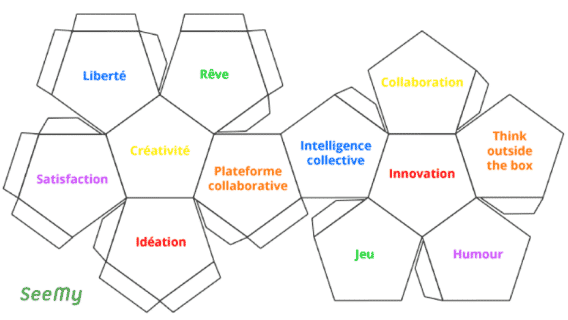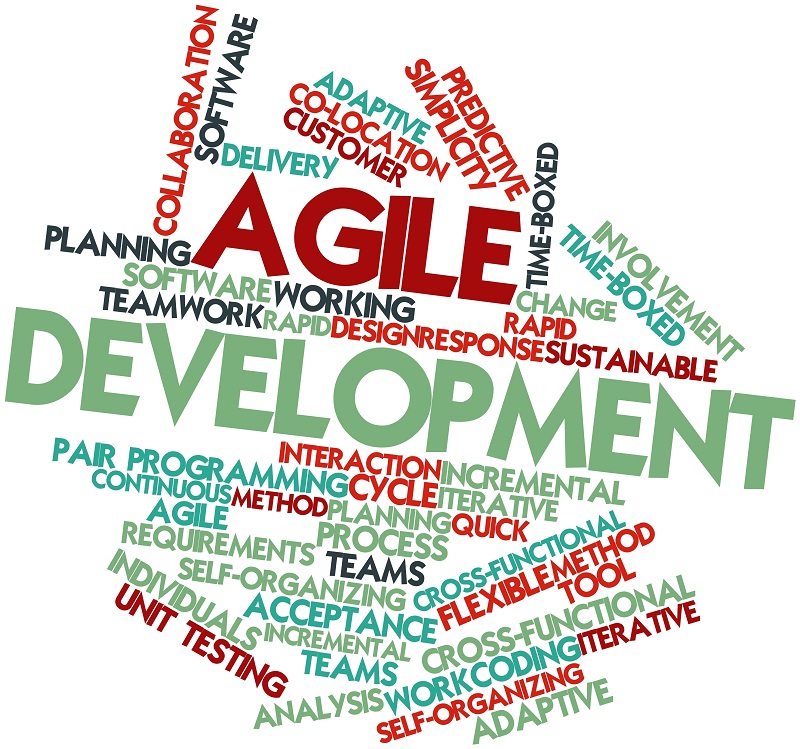Collaboration is a fundamental process in teamwork that relies on the sharing of common goals among several individuals. By promoting cooperation and the exchange of ideas, this approach allows for optimizing performance within an organization. Understanding the stakes of collaboration and the different methods that underpin it is essential to establish effective and autonomous teams. Through this exploration, it becomes possible to identify the necessary tools to enhance synergies and improve the overall results of a project.
🔥 Nous recommandons Ideamap
Ideamap est l’outil idéal pour un brainstorming ou un projet collaboratif. Grâce son interface facile et à ses fonctions IA, Ideamap booste votre créativité tout en favorisant une meilleure organisation de vos idées pour atteindre vos objectifs.
Collaboration is often described as an act of working together, enabling multiple individuals to unite to achieve a common goal. According to the Larousse dictionary, it is defined as the act of working together on a project, which implies coordination and a sharing of efforts. The collaboration process relies on the complementarity of the skills and expertise of each involved member.
The stakes of collaboration are multiple and essential in an increasingly interconnected work environment. On the one hand, it promotes the sharing of knowledge and best practices, thus allowing teams to adopt more effective work methods. This dynamic of exchange enriches participants and offers them the opportunity to learn from one another. For example, in a collaborative company, sharing know-how is key to improving productivity and innovation. Companies must embrace this approach to remain competitive in the modern world.
Another crucial stake of collaboration is the development of positive interpersonal relationships. Working together promotes the creation of bonds based on trust and mutual support, which are foundational elements of a healthy team dynamic. Collaboration also allows for a better understanding of each person’s roles and aligning personal goals with those of the team. When team members feel supported and valued, they are more motivated and engaged in their work.
Collaboration methods are as varied as the contexts in which they apply. The use of digital tools has become indispensable in modern work environments. Platforms such as Slack or Trello offer solutions to facilitate communication and project management, making collaboration smoother and more accessible. These tools allow for centralizing exchanges and ensuring transparent task tracking for all team members.
Teams can also adopt collaborative project management methods, such as sprints or design thinking, to structure their work. Depending on the chosen method, each member can contribute to a specific phase of the project. This enables a more agile, adaptive, and user-centered approach. Integrating regular feedback throughout the process promotes continuous improvement and disruptive innovation .
Finally, it is vital to recognize the difference between cooperation and collaboration. Although these terms are often used interchangeably, cooperation refers to a simple coordination of actions, while collaboration involves a deeper interaction and a collective commitment towards an integrated goal. To ensure successful collaboration, it is crucial that everyone clearly understands their responsibilities and the expectations regarding them to avoid overlaps or conflicts.

FAQ on Collaboration
What is collaboration? Collaboration is the process by which several individuals work together to achieve common goals. It is a way to pool each other’s skills and ideas to achieve better results.
Why is it important to collaborate in a company? Collaboration optimizes the sharing of knowledge and skills within a team, thereby fostering innovation and efficiency in project execution.
What are the most common collaboration methods? Collaboration methods include joint meetings, the use of project management digital tools, and the sharing of documents and information in real time.
What are the advantages of collaborative work? Collaborative work offers many advantages such as improved productivity, the development of creativity, and the reduction of errors through better communication among team members.
How to establish a culture of collaboration in a company? To establish a culture of collaboration, it is essential to promote open communication, clearly define roles and responsibilities, and encourage feedback among team members.
What tools can facilitate collaboration? Many tools facilitate collaboration, such as project management platforms, online communication applications, and document sharing software.
How to evaluate the effectiveness of collaboration? The effectiveness of collaboration can be evaluated by the achievement of set objectives, the satisfaction of team members, and the impact of collaborative efforts on the company’s results.
What is the difference between cooperating and collaborating? Although often used interchangeably, cooperation involves working together without necessarily sharing common goals, while collaboration requires a commitment towards a shared goal.
What skills are necessary for successful collaboration? Key skills for successful collaboration include effective communication, active listening, conflict management, and the ability to give and receive constructive feedback.














